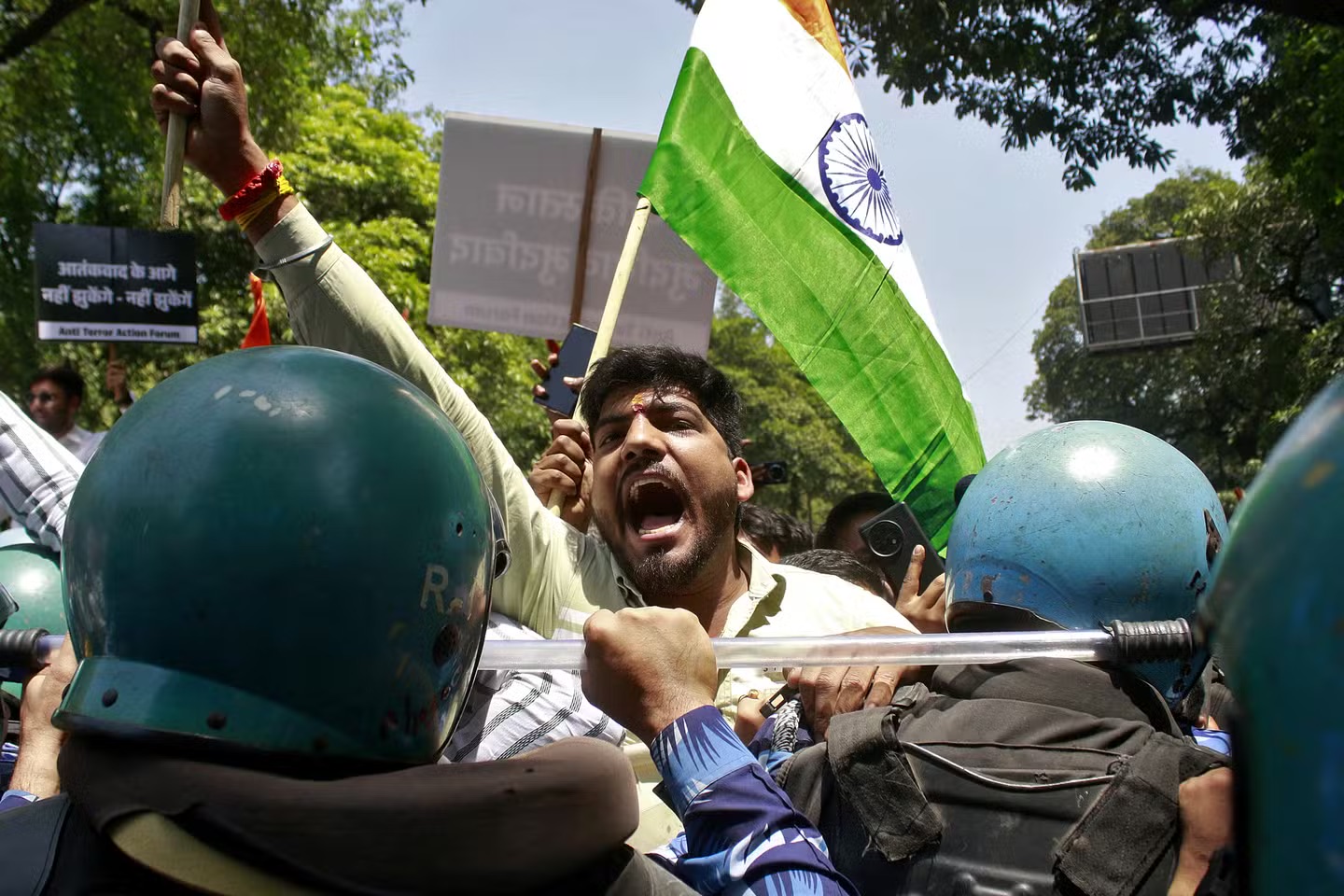
India’s recent military strike, which crossed multiple kilometers into territory controlled by Pakistan, has further aggravated tensions and threatens regional stability. Despite the growing acrimony, the Indian financial markets have remained remarkably resilient, almost impervious to the rapidly rising tensions. New Delhi’s military action has gone further than its operations of 2016 and 2019. This has led analysts to speculate on what this might mean for U.S. and Chinese military power.
Military Operation and Economic Response
The military operation was initially launched in retaliation to a deadly militant ambush last month in Pahalgam, Jammu and Kashmir. That unfortunate shooting resulted in the deaths of 26 people. This attack increased security fears throughout the subcontinent, leading India to react strongly. As Tom Miller and Udith Sikand recently wrote, “The landscape on the border is still very dynamic. Even more alarming is the scope and scale of India’s military action this time around compared to 2016 or 2019. That, in turn, raises the likelihood that Pakistan would have to feel pressured more than ever to orchestrate a response that is at least ‘proportionate’.
In sharp contrast to the escalating military posturing, Indian equities held their ground remarkably well. The benchmark Nifty 50 and BSE Sensex index closed flat after the announcement. This is evidence that investors have kept their fears over Islamabad’s rising geopolitical tensions in check. The rupee depreciated modestly, down 0.33% against the U.S. dollar to 83.1. It closed at 84.562, severely affected by the regional depreciation wave faced by several Asian currencies among its peers.
Impact of Ongoing US-China Trade Talks
On top of these issues, continuing US-China trade discussions have made the landscape even more complicated. India is positioned to be one of the first countries in the region to finalize a bilateral trade deal with the United States, potentially before the third quarter of 2025. Optimism about a thawed North Dakota-Saskatchewan trade relations has clearly energized investor sentiment, though. This upbeat vibe has allowed the markets to absorb any collateral damage from military action.
“Having said that, the muted reaction of Indian asset prices to events overnight suggests investors don’t expect an endless cycle of military retaliation,” noted Miller and Sikand. Some analysts forecast that though short-term volatility will continue with downside risks, a gradual recovery is expected. Indian 10-year benchmark government bond yield has fallen marginally to 6.339%. This shift largely justifies positive international investor sentiment in the country’s economic fundamentals.
Indeed, India just inked an FTA with the United Kingdom. This decision represents its devotion to earnestness in its trade environment, undercut by outside forces. And currency markets have remained relatively calm. Government bond yields remain surprisingly narrow despite the election year and continued monetary easing.
Investors are distracted by the prospect of short-term geopolitical shocks spilling into markets, many are still convinced by India’s long-term growth narrative. Darren Tay, head of APAC country risk at BMP, stated, “While the latest exchange of fire has been much more aggressive than the previous episode in 2019, we still think it will end in de-escalation over the coming months.”
Kranthi Bathini emphasized the delicate balance at play: “The key question is whether this turns into a full-fledged conflict or remains a limited defense strike. A wider escalation could dent investor sentiment, while a contained response may barely leave a mark on the markets.”
Structural reforms are a work in progress, and domestic demand remains buoyant. It’s not just the optimists who think that India’s macroeconomic fundamentals make a convincing case for investment. Mohit Mirpuri remarked, “Structural reforms, resilient domestic demand, and strong macro fundamentals continue to offer a compelling case” for investors eyeing emerging markets.
What The Author Thinks
The ongoing geopolitical tensions between India and Pakistan, while serious, have not derailed the investor confidence in India’s broader economic potential. As India continues to navigate the complexities of military action, economic growth, and global trade negotiations, its focus on structural reforms and long-term resilience positions the country as an attractive investment destination despite short-term uncertainties.
Featured image credit: Le Monde
Enjoyed this article? For more stories like it, click the +Follow button at the top of this page to follow us on MSN.
